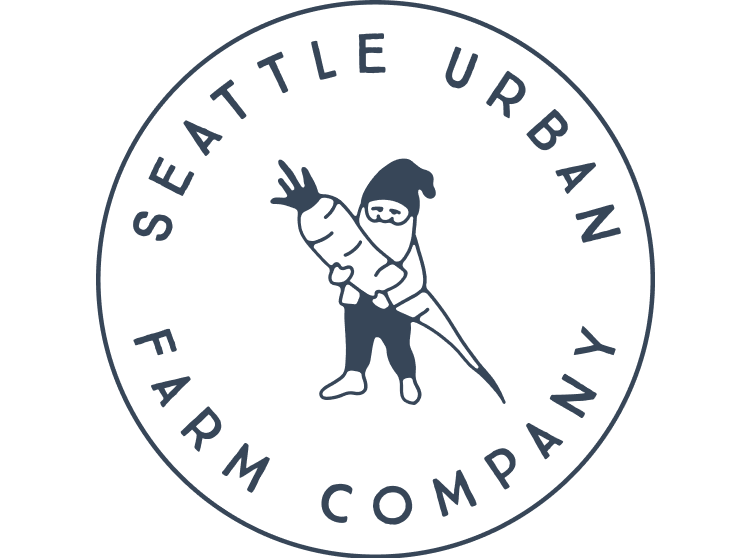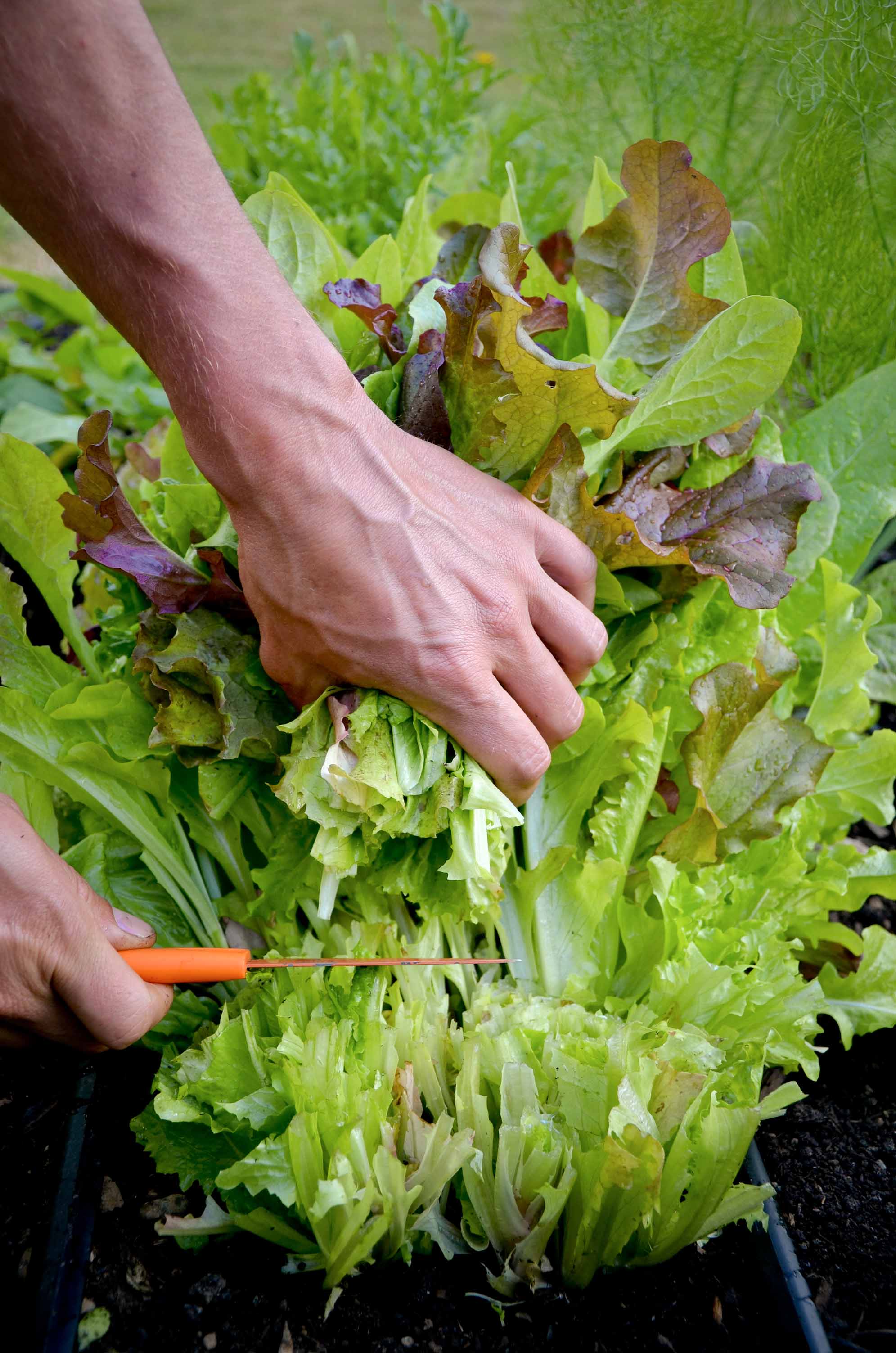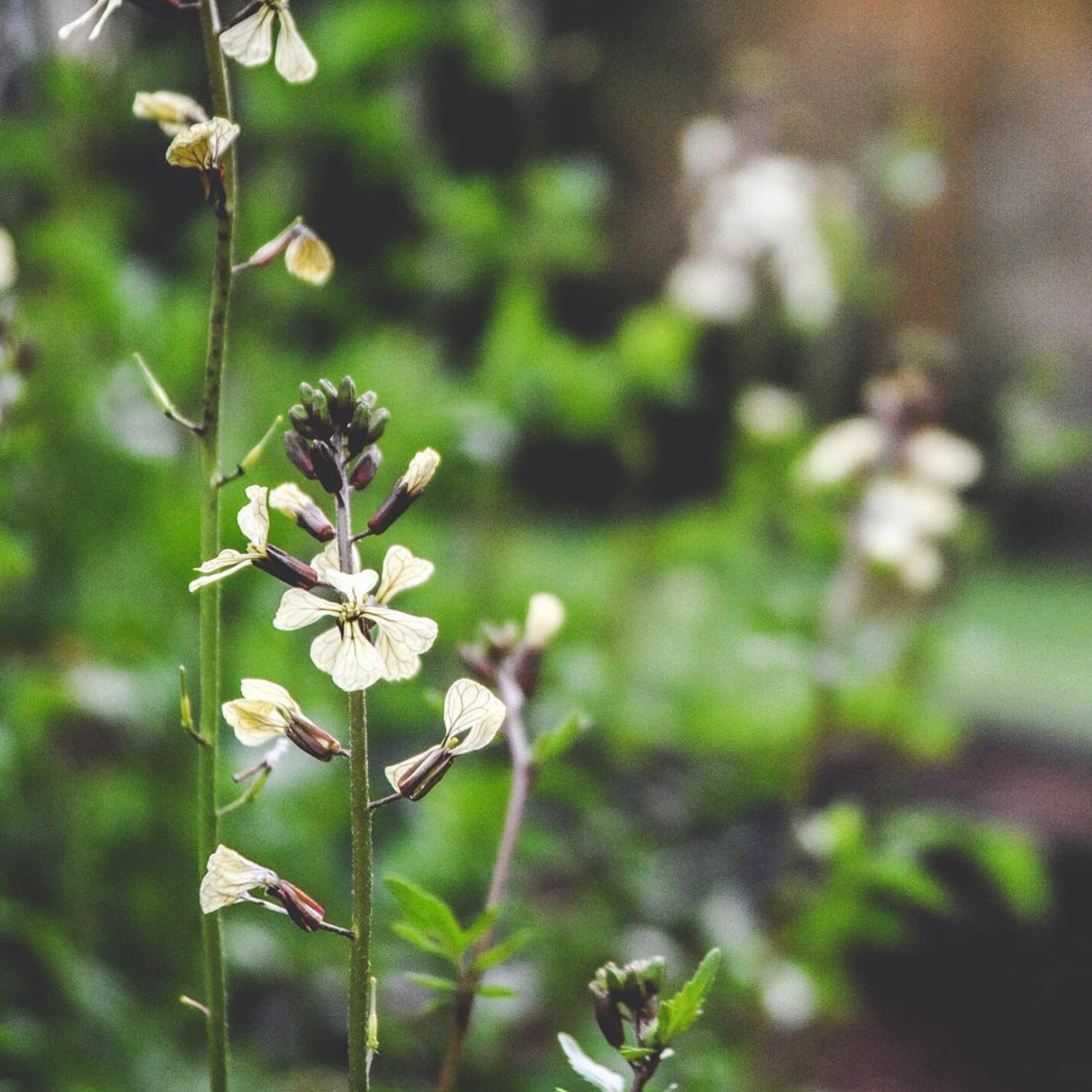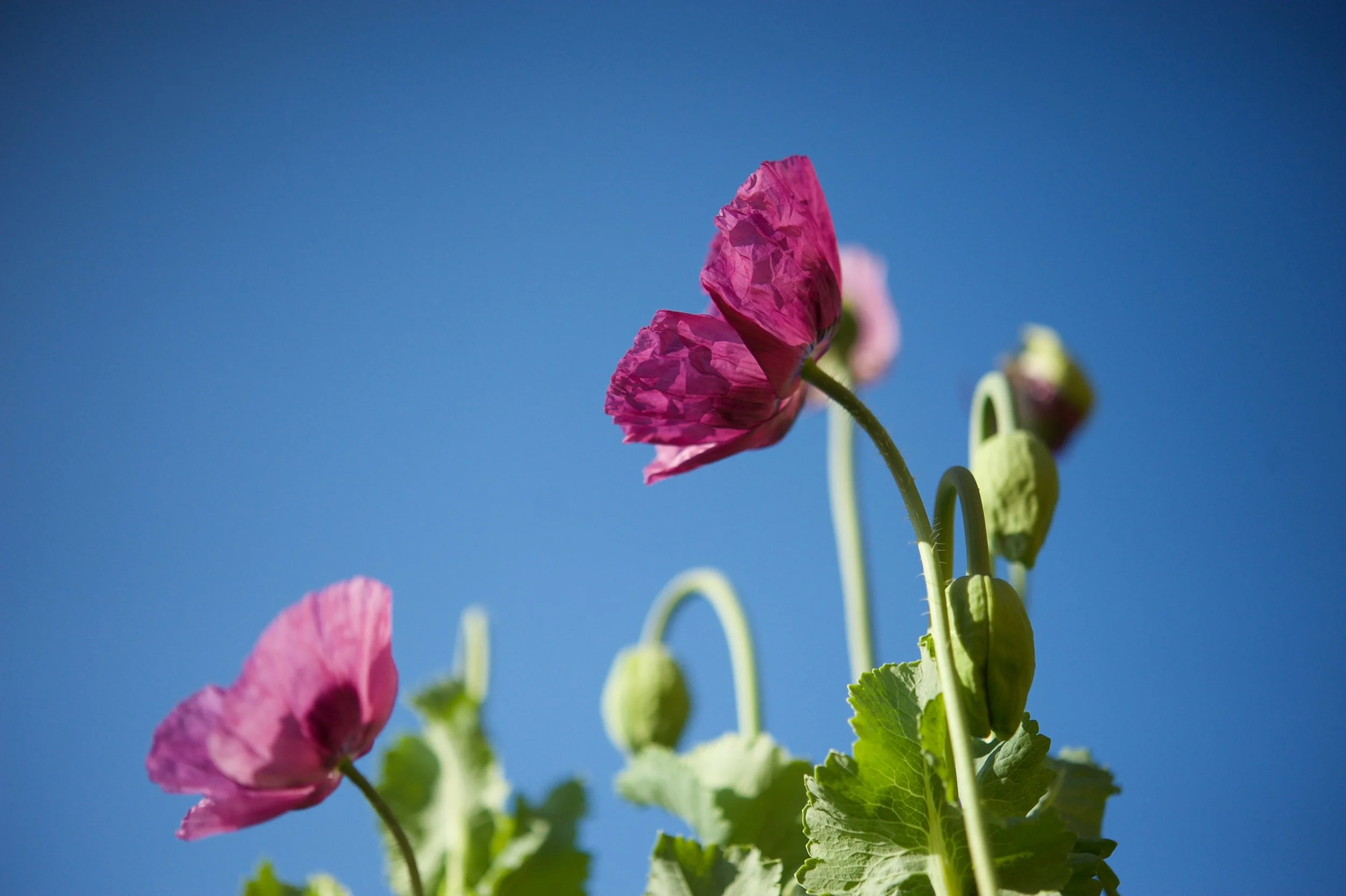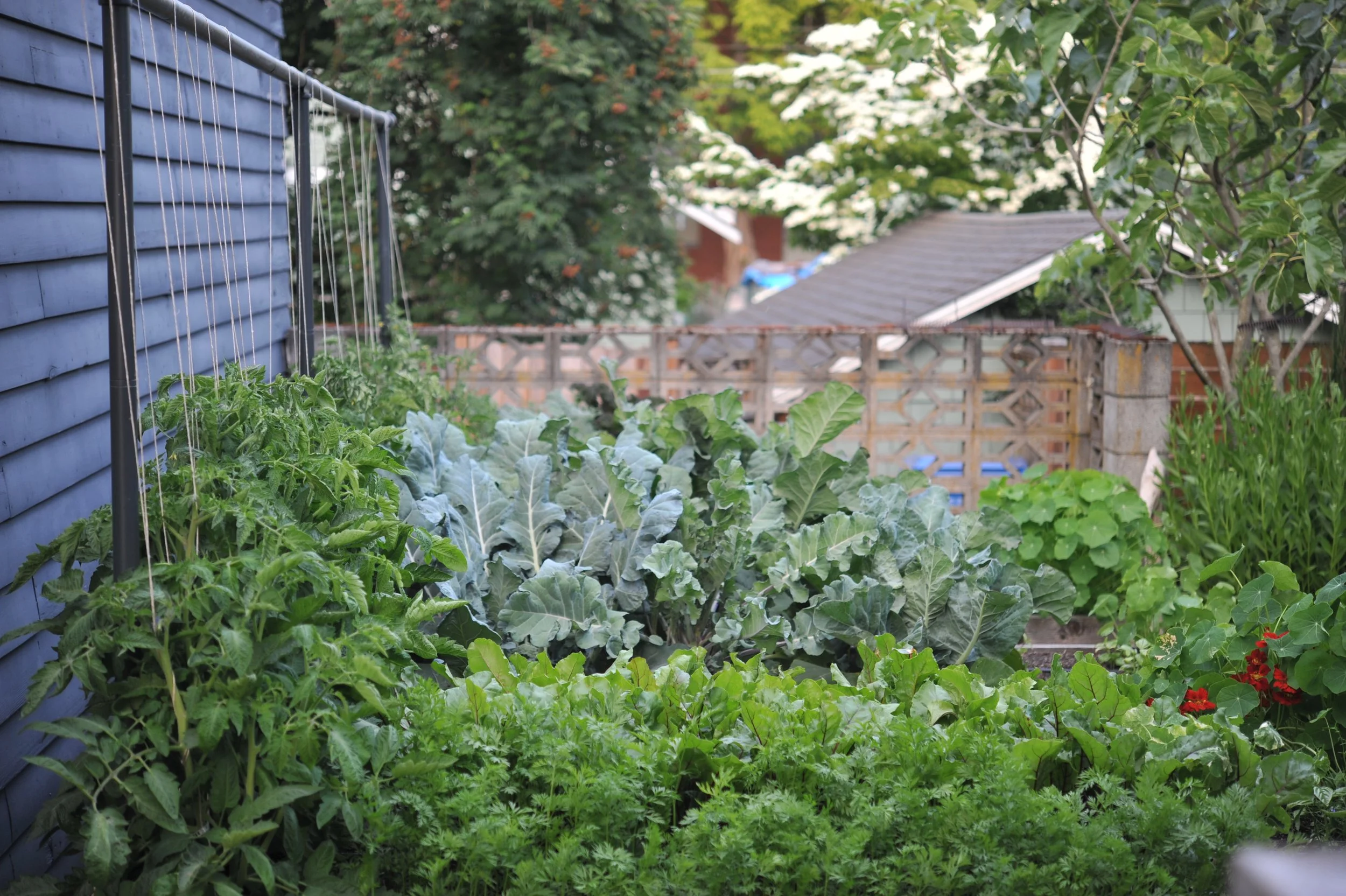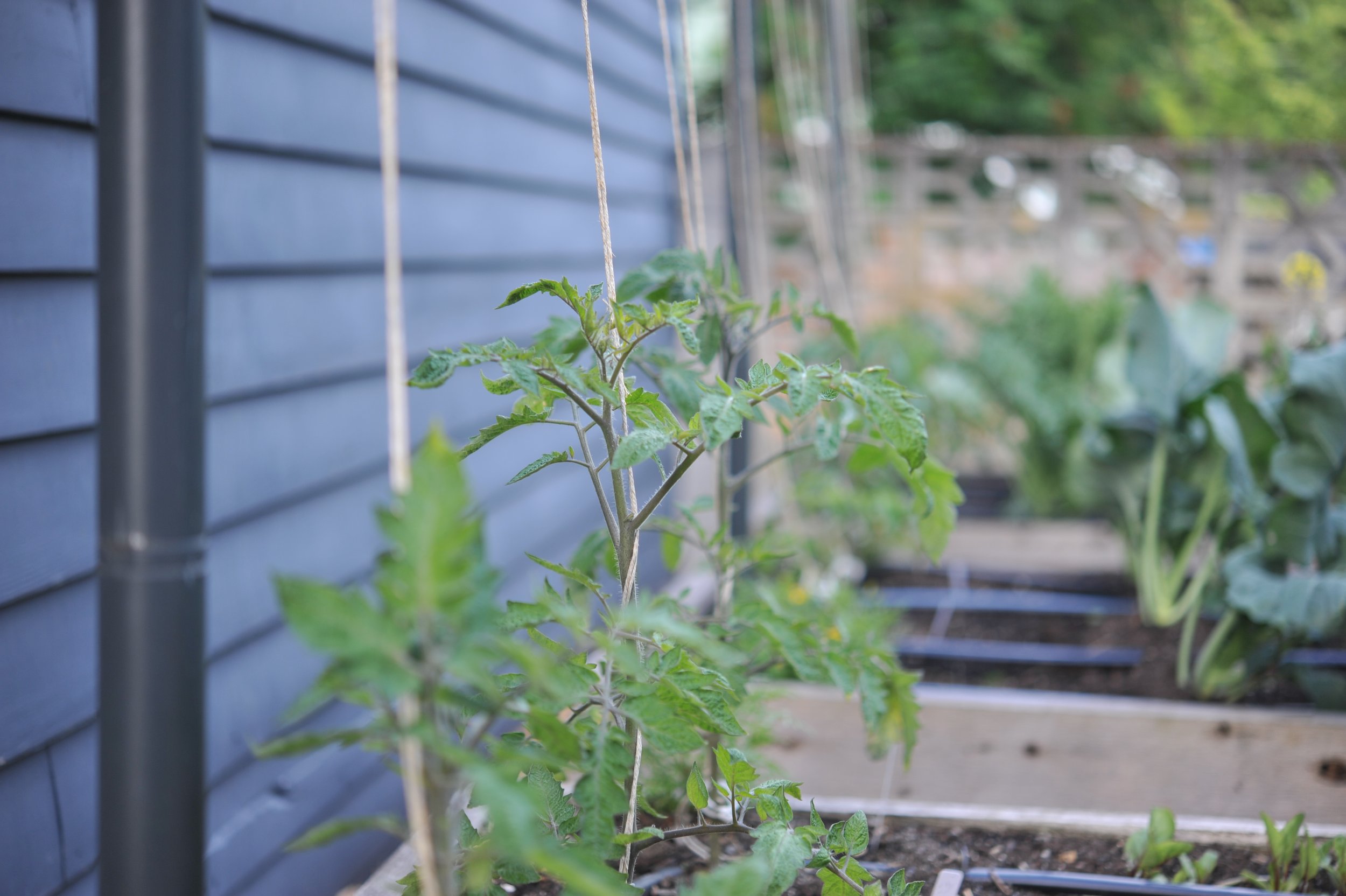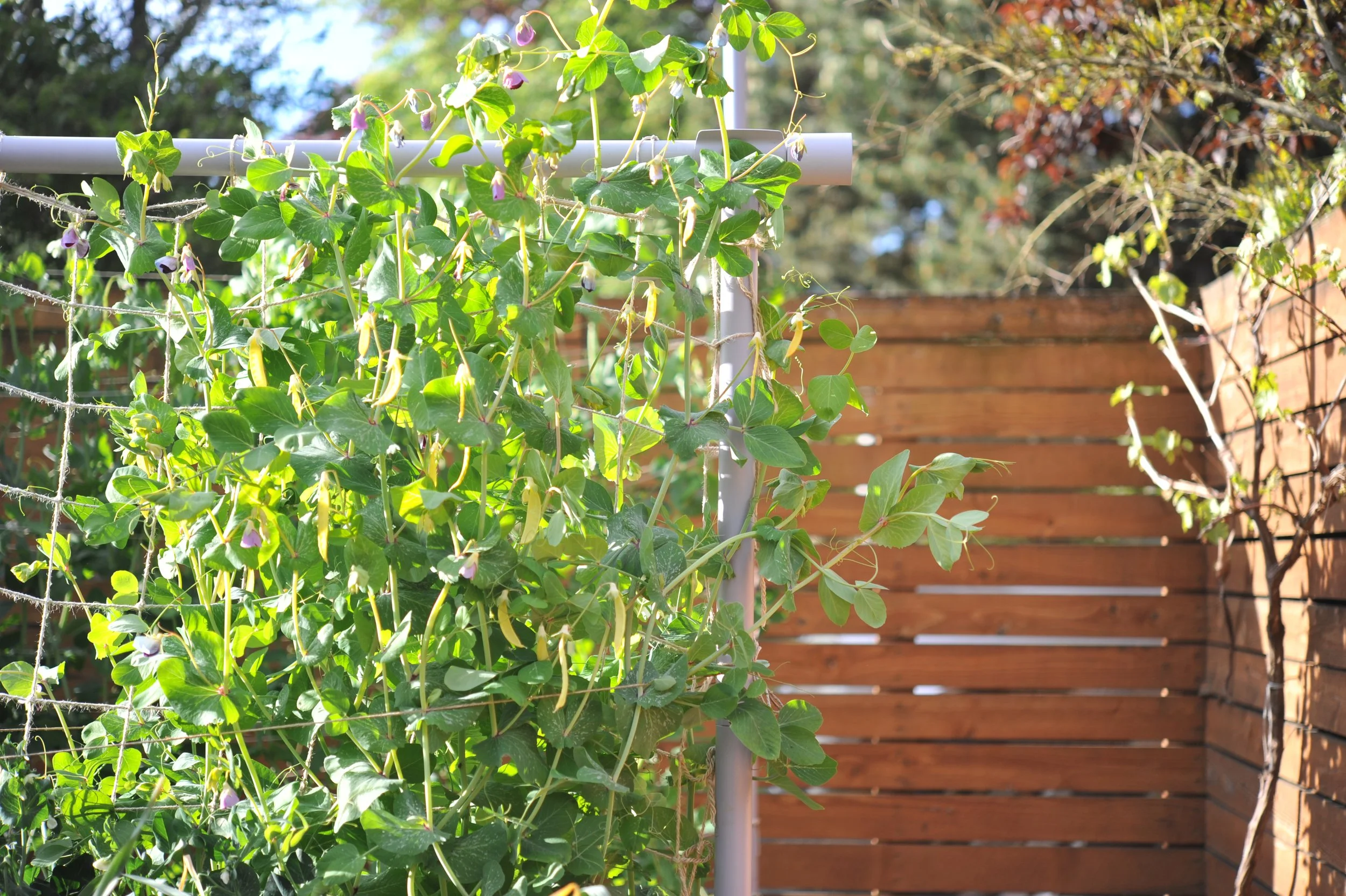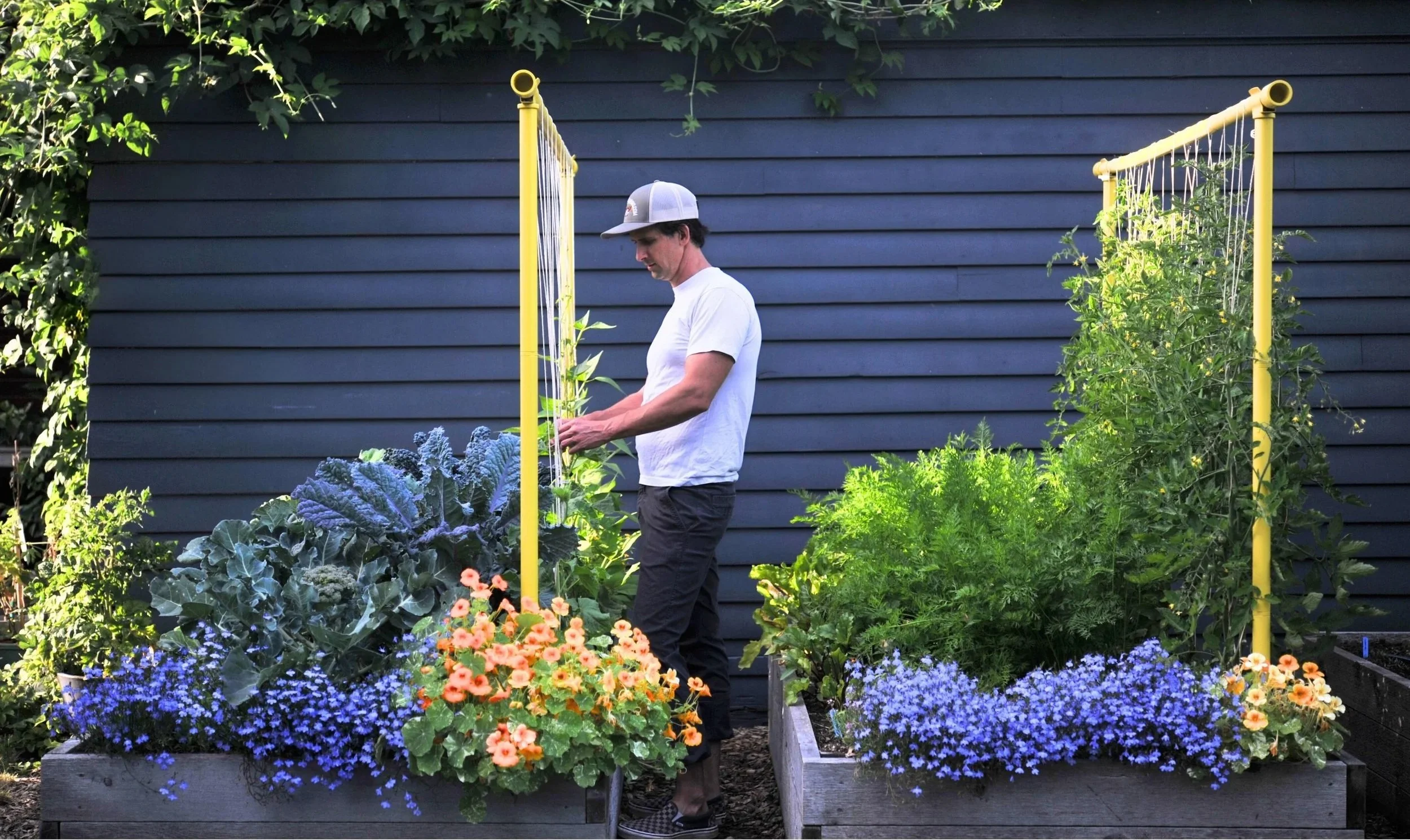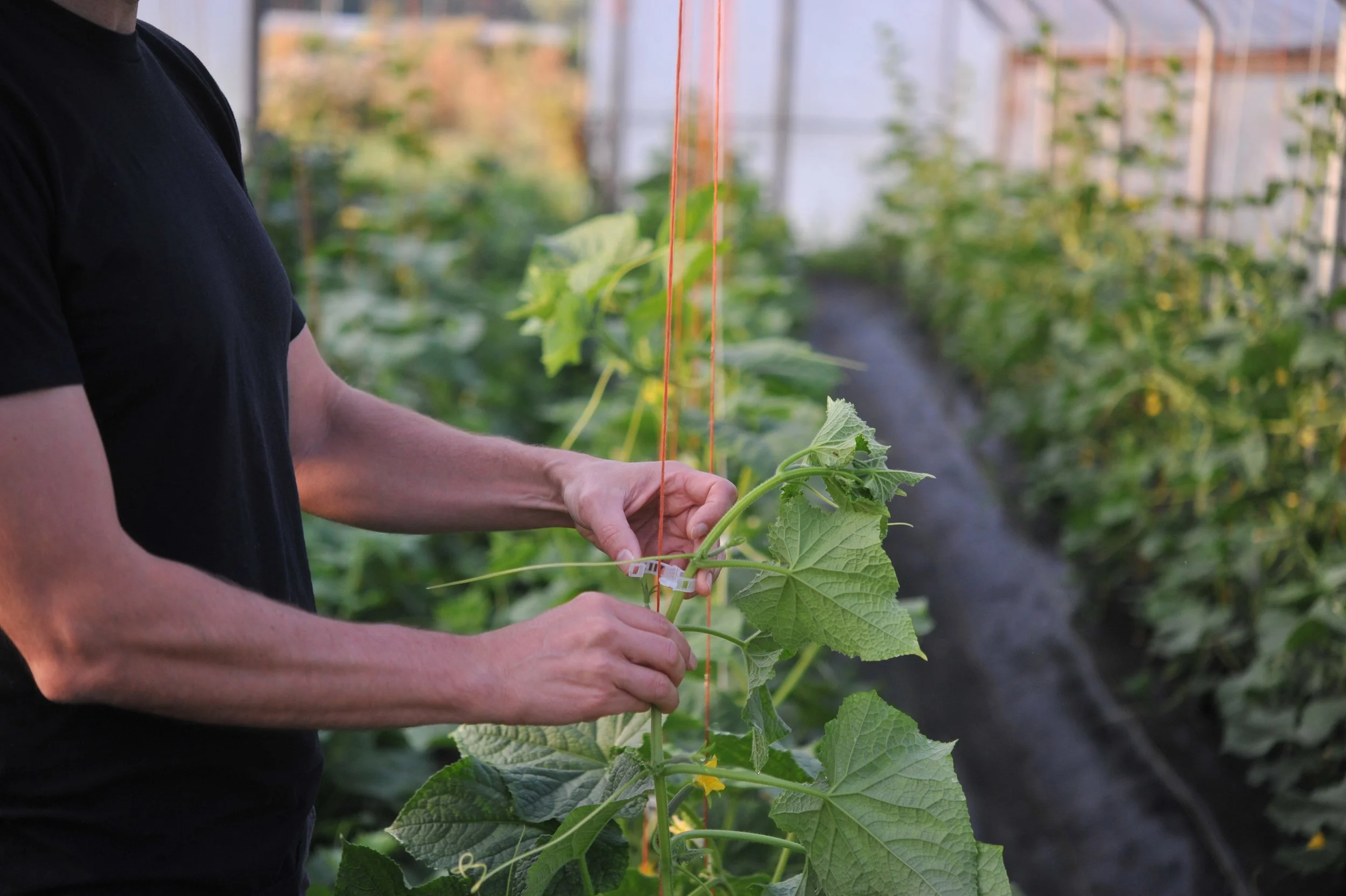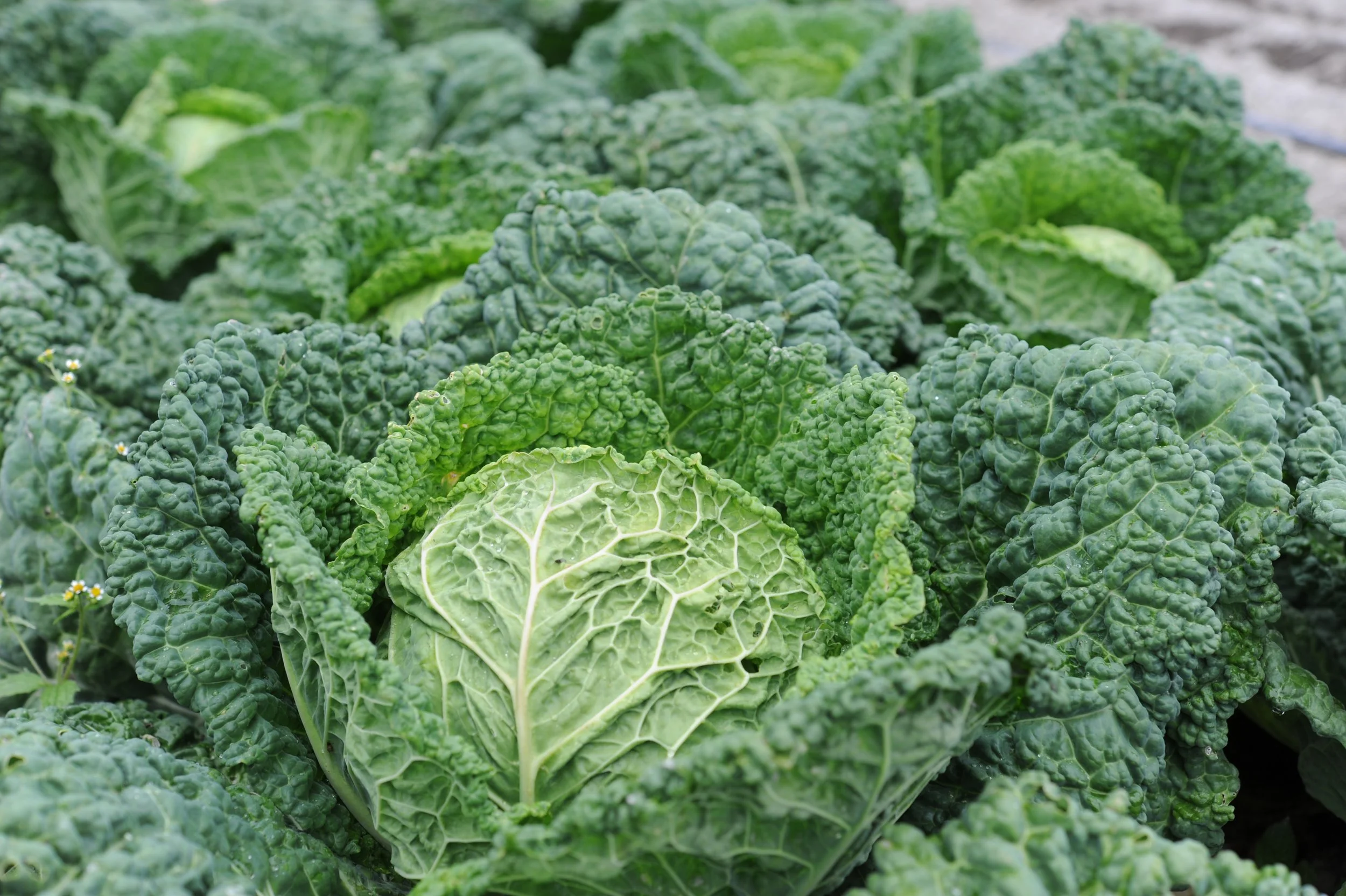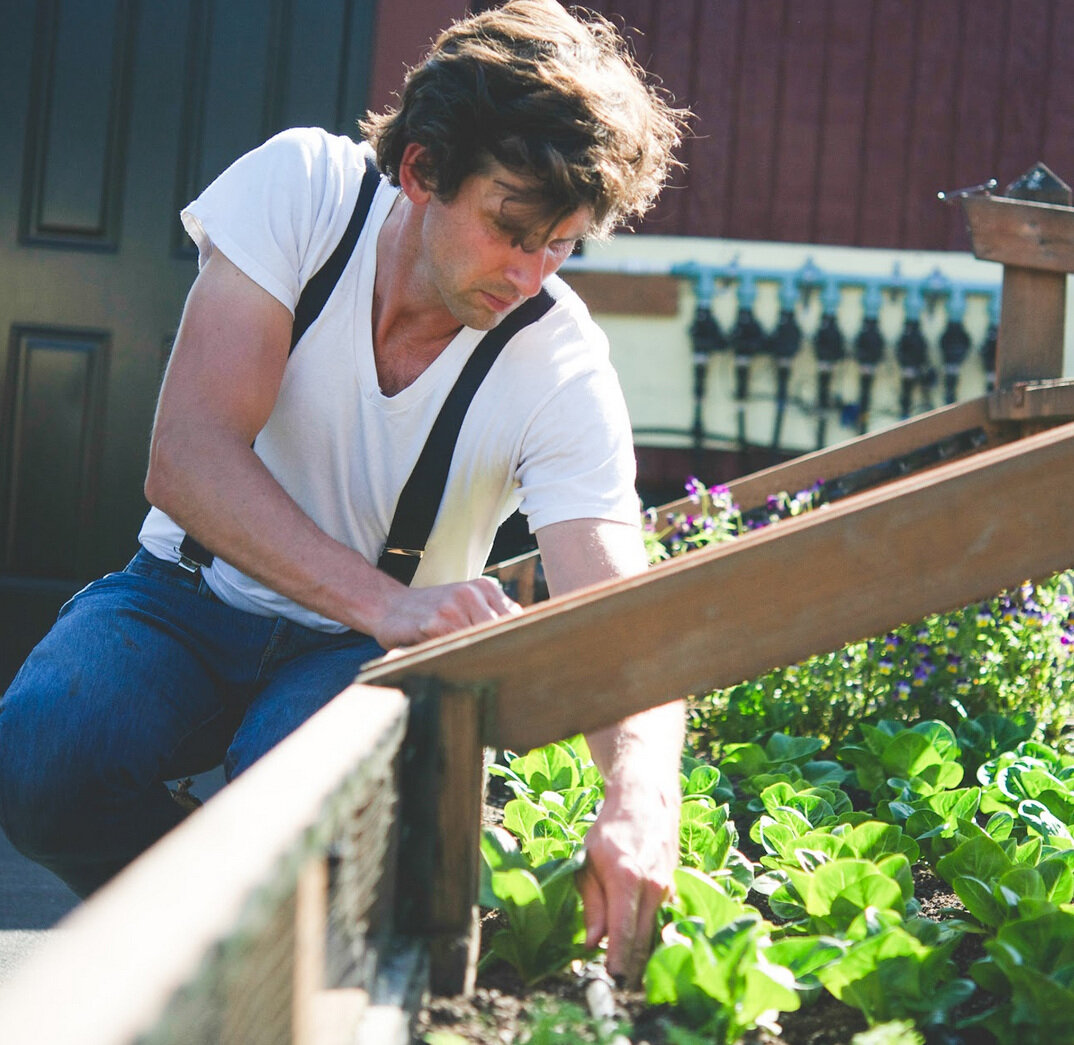Succession planting is the practice of planting small quantities of a crop on a regular basis so that they can be harvested at regular intervals throughout the growing season. This practice is key to maintaining a high-yield vegetable garden. I think among new gardeners there is a popular misconception that vegetable gardens are planted in the spring, and then that's it, just sit back and watch it grow! While there are certainly some crops that will only be planted once, early in the growing season, many crops can be planted throughout the season. In some cases, you'll have to plant certain crops multiple times throughout the season in order ensure a continued harvest.
HOW TO LISTEN:
Listen right now in your browser by clicking above.
Subscribe in iTunes (or your favorite podcast player) to have our podcasts sent directly to your device.
SHOW NOTES:
In this episode, we discuss:
Crop lifecycles
Why succession plant short season crops
Succession planting timing tips
Cut and come again harvesting
Important Take-aways:
Short season crops usually take only a month or six weeks to reach maturity, so can be planted several times throughout the season. Examples of short season crops are:
Arugula
Lettuce
Radish
Spinach
(All annual vegetable crops profiled in our book, Food Grown Right, In Your Backyard, are categorized by crop lifespan and growth habit, so check it out if you’re curious about crops we haven’t listed here.)
Why succession plant?
Short harvest window: Many short season crops are at their peak harvest stage for a very short period of time, after which they quickly lose their desirable flavor and texture. Short season crops are also prone to flowering quickly, especially in warmer weather conditions.
Space out your harvest: Here's an example pulled from our book, High Yield Vegetable Gardening: 'Many new growers catch spring fever and plant a huge amount of salad greens early in the season, only to wonder what to do with 75 heads of lettuce come June. A better approach (assuming that you're growing lettuce only for your household use) would be to plant two heads of lettuce every week, starting as early as the weather allows and continuing until late in the season.'
How: The general idea behind succession planting is that you plant small amounts of a crop on multiple occasions throughout the season. With short season crops, you usually want to plant small amounts of crops at regular intervals, for example once per week or once every two weeks.
If you are starting to experiment with succession plantings for the first time and it seems daunting to keep up with, consider trying out the system with one crop, something that you know you'll use a lot of and try putting the planting dates on whatever calendar you use to manage your other scheduling needs. For example, if you love cilantro and use it very regularly in cooking, you could plan to seed a single 2' long row of cilantro every two weeks. To keep on schedule, just put a reminder on your calendar for every other Monday and make sure to take a few minutes when the reminders come up to head out to the garden and sow a new row.
With many short season succession planted crops, you may also want to experiment with cut and come again harvesting. This technique can apply to direct seeded crops such as lettuce mix, arugula, mizuna, braising mix, cilantro and baby spinach. The concept is simple, when the crop is ready for harvest, cut it down and leave the roots in the garden. Within a week or two, the plants may sprout a new flush of leaves which you can then cut for a second harvest!
Like what you hear? Please share our podcast with a friend. Subscribe on iTunes or your favorite podcast player so you never miss a beat. And we'd really appreciate you showing us some love by leaving a rating and review on iTunes.
Have a topic you'd like see us dig in to? Leave us a note in the comment section below or #EBpodcast on Instagram and Twitter!
We need your support to keep make fresh, quality weekly content! Support us here:
